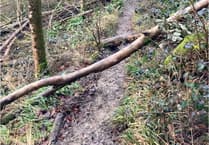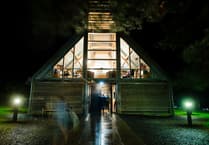Have you ever been for a walk at night or sat outside in the darkness? Have you heard a hoot across the road, or gazed up at the moon and stars and wondered?
There’s so much to enjoy and explore about the night-time, especially during these dark winter months.
Did you know that the South Downs National Park became a Dark Sky Reserve in 2016 and is one of only 20 across the globe.
It includes some of the darkest skies in the South East of England, with a commitment to preserve them from further light pollution which also helps the many nocturnal wildlife species that live in this amazing landscape.
At this time of year, you might hear a tawny owl; the males hoot and the females ‘ke-wick’ leading to the classic “too-wit too-woo” as a call and response between males and females.
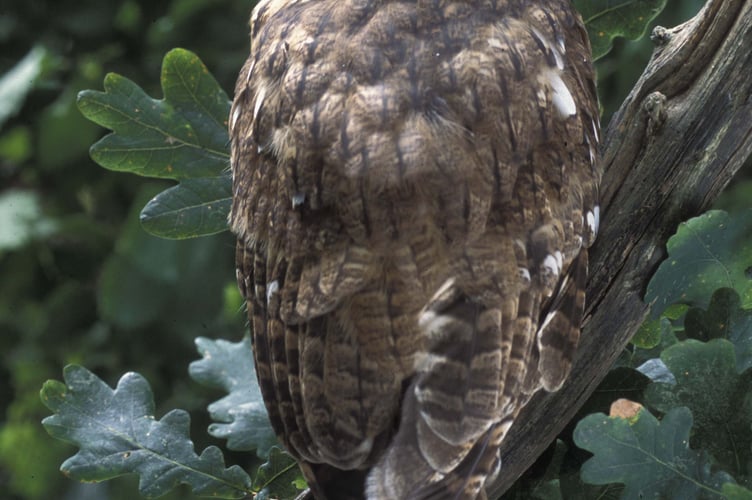
Depending on the weather, common frogs and toads can start to emerge in February, looking for mates. Natterjack toads, an endangered species with a population near Bordon, will emerge a bit later in the year.
Also later on in the spring, nightjars make the long journey from southern Africa to nest on the ground of the lowland heathlands around Bordon. It turns out Bordon is pretty special for nocturnal wildlife!
Check out the Heathlands Reunited events page (tinyurl.com/HeRe-events) for events happening around Bordon later on in the year where you might encounter some of these special night-time creatures.
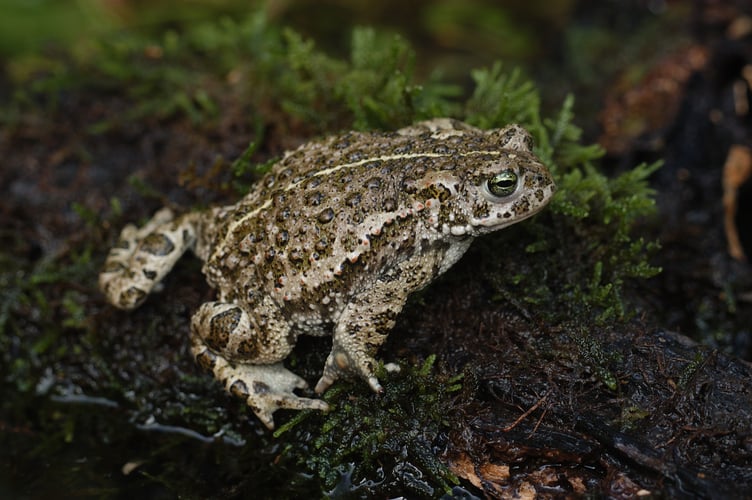
Returning to our current night skies, the brightest visible object is usually our nearest celestial neighbour, the Moon, which is gradually getting brighter again until the next Full Moon on Tuesday, March 7.
Other celestial neighbours visible at the moment include the planet Venus as a bright object in the evening sky just after sunset in the west, the planet Jupiter a bright object above Venus also in the west, and the planet Mars high overhead, a bright object with a reddish tinge. All of the planets look like stars but don’t twinkle.
Speaking of stars, one way to explore the night is to discover the (western) constellations. A good one to start with is the Plough, Saucepan or Big Dipper, a brighter grouping of stars within the constellation of Ursa Major or the Great Bear.
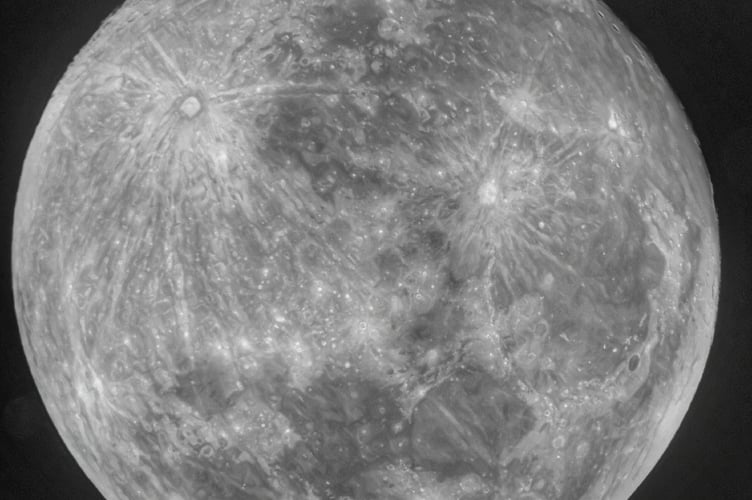
It is visible year-round and currently looks like a giant question mark, standing upright on the tip of its “handle”. It can be used find the Pole Star or Polaris, which indicates celestial north; follow the line of the two stars at the end of the “saucepan” upwards towards a rather ordinary looking star.
A bright and distinctive winter constellation is Orion the Hunter, visible in the sky to the south, with four bright stars making up a large wonky rectangle, with three bright stars across the middle, Orion’s Belt. Hanging down from Orion’s belt is his sword, and on a particularly clear night you might be able to see a fuzzier patch in the sword – this is the Orion Nebula, a star-forming region about 1,300 light years away.
If you are interested in learning more about the night sky, there are lots of great places to go, and people to ask. Clanfield Observatory near Petersfield, run by Hampshire Astronomical Group, holds open evenings, and there is the South Downs Planetarium in Chichester and a planetarium at the Winchester Science Centre.
The South Downs National Park also has lots of information on their website under Dark Night Skies (https://www.southdowns.gov.uk/dark-night-skies/) including details of Dark Sky Discovery Sites. Get outside and embrace the darkness!
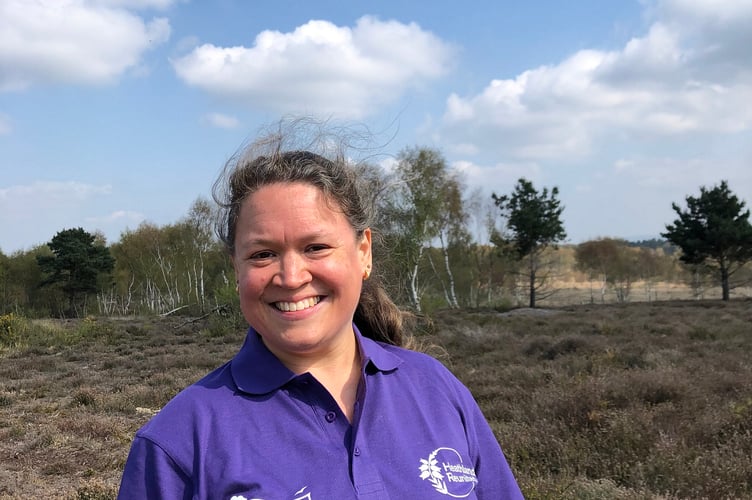
Column by Elinor Newman, Heathlands Engagement Ranger

